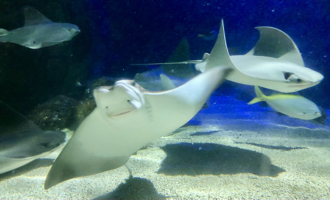
Why don’t we talk about an animal-related institution that’s closer to home? I have visited the SeaLife centre in Bray, Co. Wicklow, a few times as a child, and since moving to Bray after my 17th, it is possible for me to visit SeaLife on a regular basis.
The first exhibit in the SeaLife centre, immediately after the reception stand, is the nursery tank, which is currently home to young nurse sharks, among other fish. After passing the doors into the main aquarium, the next exhibit is a rather shallow tank that formerly held piranhas, followed by a larger tank with giant gouramis and pacu. As you continue along the corridors, you come to a tank with terrapins and fairy cichlids, followed by the rock pool, which is currently home to archerfish and horseshoe crabs. This leads on to the Caribbean Cove, home to cownose rays, nurse sharks, bonnethead sharks and other fish. After this is a series of tanks home to clownfish, jellyfish, moray eels, crown-of-thorns starfish and other species, until the visitors arrive at the Bay of Rays, home to species such as the thornback ray and European plaice. After a couple more tanks containing lobsters and octopuses, the last tank in the aquarium is the tropical shark lagoon, home to a pair of blacktip reef sharks and other species including cleaner wrasse, epaulette sharks, bamboo sharks, and another cownose ray. Once you leave this room, you head back up the stairs to the gift shop.
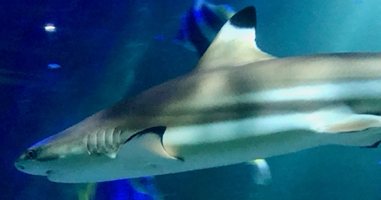
I did work experience at SeaLife in 2019, but no physical work with the animals was involved. Instead, I did research that involved studying the behaviour of the blacktip reef sharks in the shark lagoon tank. I observed the behaviour of both sharks (1 male and 1 female) for 45 minutes before their feeding time, and again for 15 minutes after the keeper talk had finished. I found that as feeding time got closer, the sharks would swim close to the surface, perhaps because they knew that feeding time wasn’t too far away. I also found that the other fish in the same tank steered clear of the sharks in the minutes leading up to feeding time. While these findings aren’t completely unexpected, it was fun studying the sharks and learning about their routine behaviour.
Their website can be found here: www.visitsealife.com/bray/
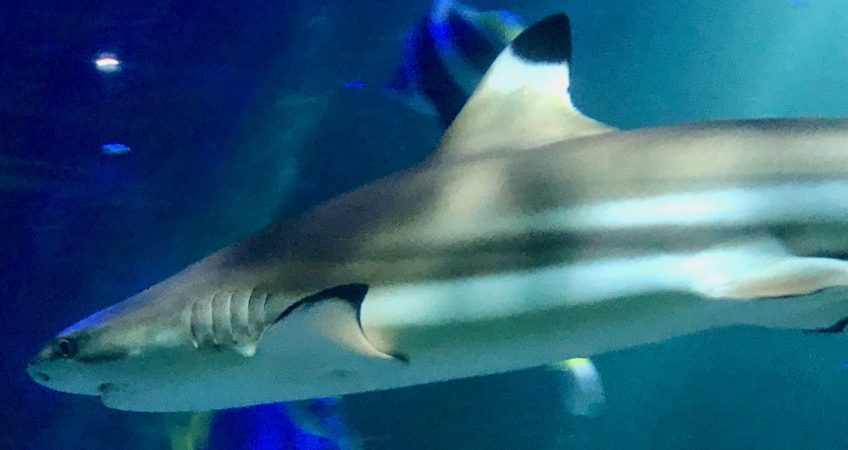

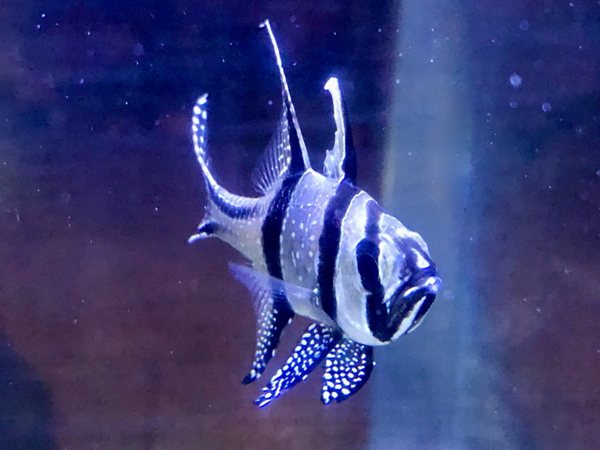
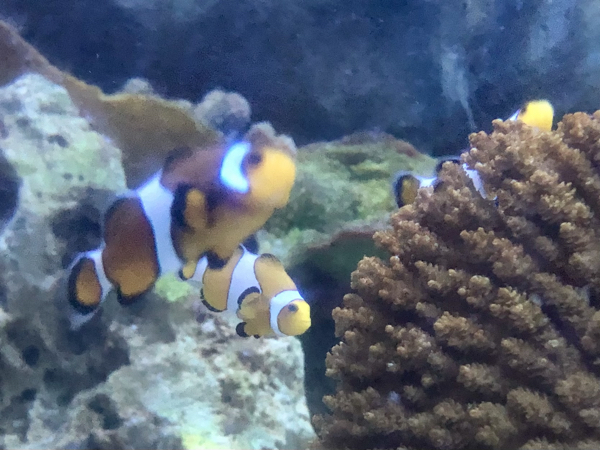


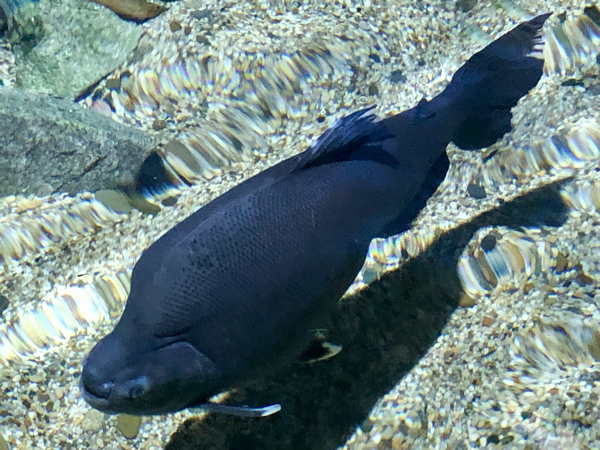
Leave a Reply
You must be logged in to post a comment.